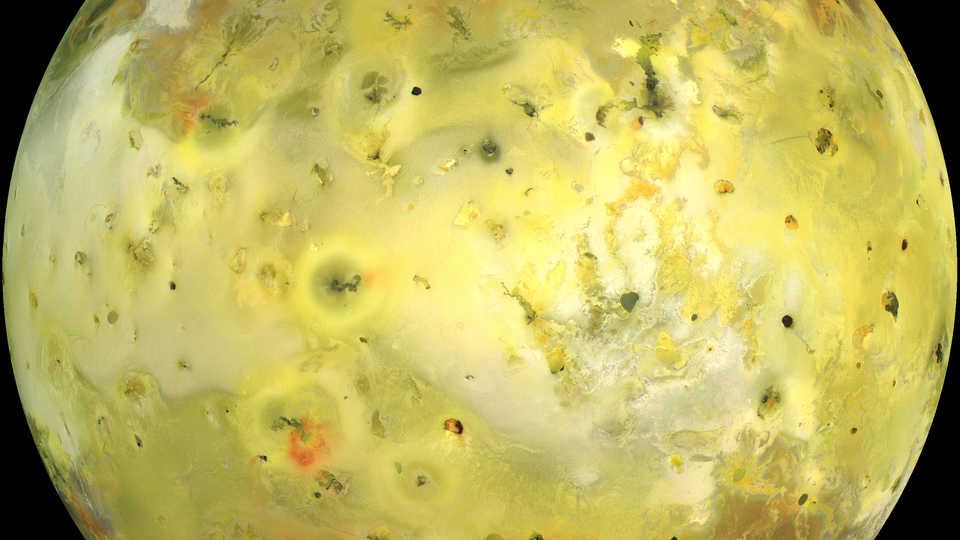Science News
Massive Moons and More

When we think of our solar system, the Sun and major planets spring to mind, but all too often we forget about the other players—the minor planets and major moons that are part of the Solar System, too!
Many scientists are focusing their research on these worlds and finding out that these objects have a lot to teach us. After all, there are more small things in our solar system than big ones! When you add up all the moons, major asteroids, dwarf planets, Kuiper belt objects and undiscovered things out there, they are far more numerous than the familiar eight planets we learn about in school these days.
In a similar vein, Alan Sterns, principal investigator of the New Horizons mission, estimates that in order for Pluto to have experienced a collision big enough to make its companion planet/major moon Charon, there must have been over a thousand Pluto-sized objects hanging around the edges of our solar system during formation, a hypothesis corroborated by the capturing of the moon Triton by Neptune around the same time, billions of years ago. Some of these small objects were assuredly lost to collisions or ejected from our solar neighborhood, but the possibility of finding more Pluto-sized worlds seems certain. (For more on New Horizons, check out Morrison Planetarium director Ryan Wyatt’s take on a session describing the mission’s science goals.)
In fact, we already have good images and data on a few of these more obscure objects. This week at the American Geophysical Union meeting here in San Francisco, scientists presented findings on the ice moons Europa, Ganymede, Enceladus, and Titan, describing them as membrane worlds with thin layers wrapped around liquid or semi-liquid interiors. Catherine Elder, of the University of Arizona, is modeling the many ways the hyper-volcanic moon Io might be losing heat to its many volcanoes and lava tubes and not to convection within it.
But there is always more to discover, and as the Dawn mission approaches the dwarf planet Ceres, we will find out if it is as warm and wet as Tom McCord, of the Bear Fight Institute, predicts, or if we will find a world with a dry and shallowly cratered surface that lost its water long ago. In either case, there is more to learn here between the planets and beyond Neptune, and these scientists are ready to find it!
So the next time you think about the Solar System, keep these little guys in mind! The Sun has more than eight planets orbiting around it—it has a much larger family of these intriguing objects!
Josh Roberts is a senior presenter and astronomer at the California Academy of Sciences.
Image: NASA / JPL / University of Arizona